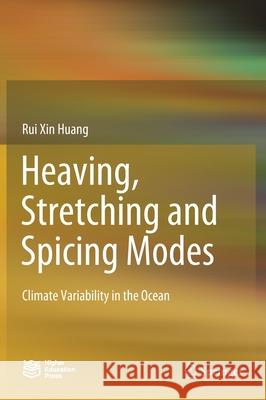Heaving, Stretching and Spicing Modes: Climate Variability in the Ocean » książka
topmenu
Heaving, Stretching and Spicing Modes: Climate Variability in the Ocean
ISBN-13: 9789811529405 / Angielski / Twarda / 2020 / 391 str.
Heaving, Stretching and Spicing Modes: Climate Variability in the Ocean
ISBN-13: 9789811529405 / Angielski / Twarda / 2020 / 391 str.
cena 564,88
(netto: 537,98 VAT: 5%)
Najniższa cena z 30 dni: 539,74
(netto: 537,98 VAT: 5%)
Najniższa cena z 30 dni: 539,74
Termin realizacji zamówienia:
ok. 22 dni roboczych
Bez gwarancji dostawy przed świętami
ok. 22 dni roboczych
Bez gwarancji dostawy przed świętami
Darmowa dostawa!
Kategorie BISAC:
Wydawca:
Springer
Seria wydawnicza:
Język:
Angielski
ISBN-13:
9789811529405
Rok wydania:
2020
Wydanie:
2020
Numer serii:
000475204
Ilość stron:
391
Waga:
0.91 kg
Wymiary:
25.4 x 17.78 x 2.39
Oprawa:
Twarda
Wolumenów:
01
Dodatkowe informacje:
Wydanie ilustrowane











